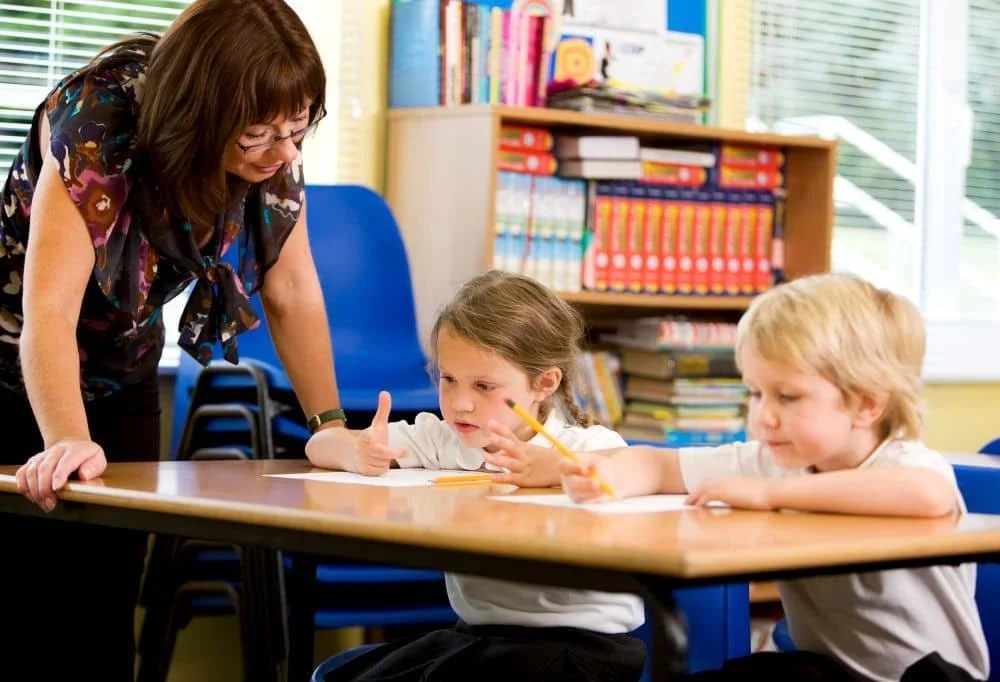Teachers Guide for Children with Visual Issues
Classroom Accommodations to Facilitate Best Visual Performance for Learning and Concentration
Seating Arrangements
Students should be seated always wearing their prescribed glasses. Full-time wear is particularly important for mixed distance and near tasks. This becomes especially critical in the early school years (Years 1-3) where literacy skills are still developing and where attention issues or learning difficulties may be present.
For children developing myopia, consider seating them at a distance where clarity of distance vision is maintained. Similarly, children with conditions compromising general clarity of vision should be positioned closer to the board or teaching area.
Print and Text Materials
Provide materials in large print format whenever possible. Text should be sized N12 or larger as standard, with N18 or larger used where required. Consider using zoom functions to enlarge text displayed on computers and interactive boards.
Present material with fewer items on each page to reduce visual clutter and fatigue. Organise pages into columns rather than full width text, and use lists instead of narrative text where appropriate.
Visual Aids and Reading Supports
Some students benefit from tinted spectacles or the use of coloured overlays or paper, encourage their use so that the child becomes more comfortable and can realise their benefit.
Reading guides can significantly assist students in tracking text. Allow students to use their finger, if required, to follow the line of print when reading. Other helpful tools include reading guides or bookmarks, placing a coloured frame around maths problems, using a highlighter to mark important text, and providing lined or graph paper for written work.
Teaching Delivery
Reinforce orally presented instructions with hand and body gestures to support comprehension. In some cases of low vision, magnifying lenses or devices may be required to access printed materials.
Where auditory amplification devices have been prescribed, encourage their consistent use. During all listening activities, encourage eye contact with the speaker. Read instructions aloud to students and ask them to repeat information back to you to ensure understanding.
Accommodations for Teaching Activities and Assignment Completion
Consider alternative methods for students to complete and demonstrate their learning:
Verbal to Scribe allows students to dictate and transcribe their responses.
Recorder enables students to provide oral responses that can be reviewed later.
Computer access should be provided for typing assignments and completing work digitally.
Record Answers in Test Booklet rather than requiring transfer to separate answer sheets.
Large Block Answer Sheets with bigger spaces for recording responses can reduce visual strain and improve accuracy.

